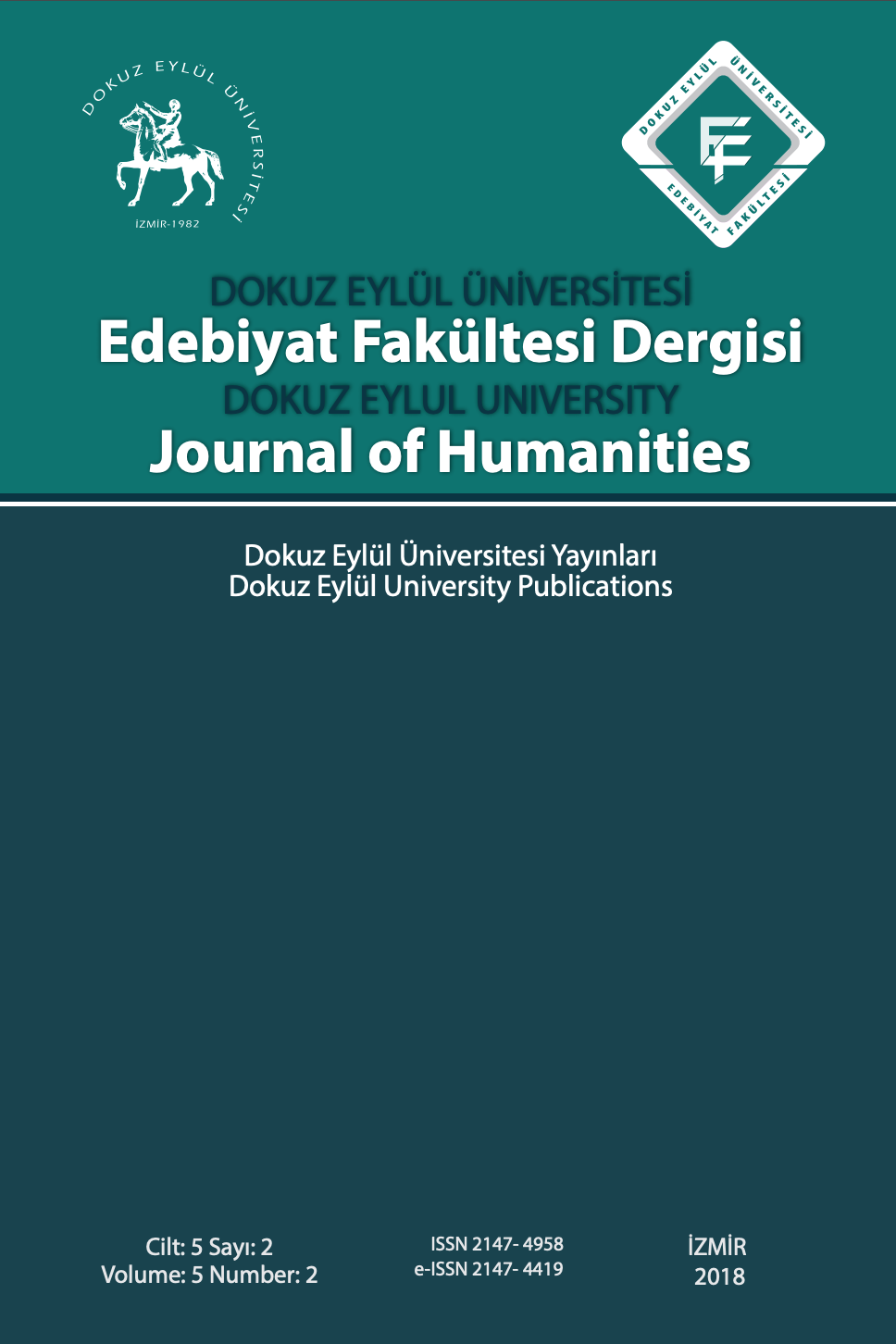PLATON’UN İDEALAR ÖĞRETİSİ ÜZERİNE BİR YORUM
Formlar Teorisi, Sofizm, Şüphecilik, Ebedi Hakikatler, Ahlak
AN INTERPRETATION OF PLATO’S THEORY OF FORMS
Theory of Forms, Sophism, Skepticism, Eternal Truths, Morality,
___
- Annas, J. (1958). Introduction to Plato’s Republic, New York, Oxford University Press.
- Grube, G. M. A. (1958). Plato’s Thought, Boston, Beacon Press.
- Penner, T., (1992). The Cambridge Companion to Plato, ed. by, Richard Kraut, New York, Cambridge University Press.
- Plato, (1997). ‘Meno’ in Plato Completed Works, Ed. J. M. Cooper, Indianapolis, Hackett Publishing Company.
- Plato, (1997). ‘Parmenides’ in Plato Completed Works, Ed. by J. M. Cooper, Indianapolis, Hackett Publishing Company.
- Plato, (1997). ‘Pheado’ in Plato Completed Works, Ed. J. M. Cooper, Hackett Indianapolis, Hackett Publishing Company.
- ‘Plato, (1997). Republic’ in Plato Completed Works, Ed. J. M. Cooper, Hackett Indianapolis, Hackett Publishing Company.
- Plato, (1997). ‘Sophist’ in Plato Completed Works, Ed. J. M. Cooper, Hackett Indianapolis, Hackett Publishing Company.
- Plato, (1997). ‘Symposium’ in Plato Completed Works, Ed. by J. M. Cooper, Indianapolis, Hackett Publishing Company.
- Plato, (1997). ‘Theaetetus’ in Plato Completed Works, Ed. by J. M. Cooper, Indianapolis, Hackett Publishing Company.
- Plato, (1997). ‘Timaeus’ in Plato Completed Works, Ed. by J. M. Cooper, Indianapolis, Hackett Publishing Company.
- ISSN: 2147-4958
- Yayın Aralığı: 2
- Başlangıç: 2011
- Yayıncı: Dokuz Eylul Üniversitesi Matbası
INDIVIDUALISM AND COSMOPOLITANISM IN THE IMPERIAL STOA
AİDİYET DİLİNE KARŞI SORGULAMANIN DİLİ: PAMUK’UN KAR ROMANI VE AKIŞ HALİNDEKİ KİMLİKLER
BULGARİSTAN'DA AB ÜYELİĞİ SÜRECİNDE TÜRK KİMLİĞİNİN SÖYLEMSEL İNŞASI
TEKNOLOJİ ÜZERİNE DİYALOG GELİŞTİRMEYE DAYALI KUŞAKLAR ARASI BİR ODAK GRUP ÇALIŞMASI
Buğçe Kamer Baybaş, Sevnaz Şahin
TÜRKÇEDE BELÖ'LERİN EVRELİKLERİ: EŞSÜREMSİZLİĞE YÖNELİK BİR SEZDİRİM
TUTUNAMAYANLAR’DA ŞİZO-ÖZNE İNŞASI BAĞLAMINDA YERSİZYURTSUZLAŞMA
